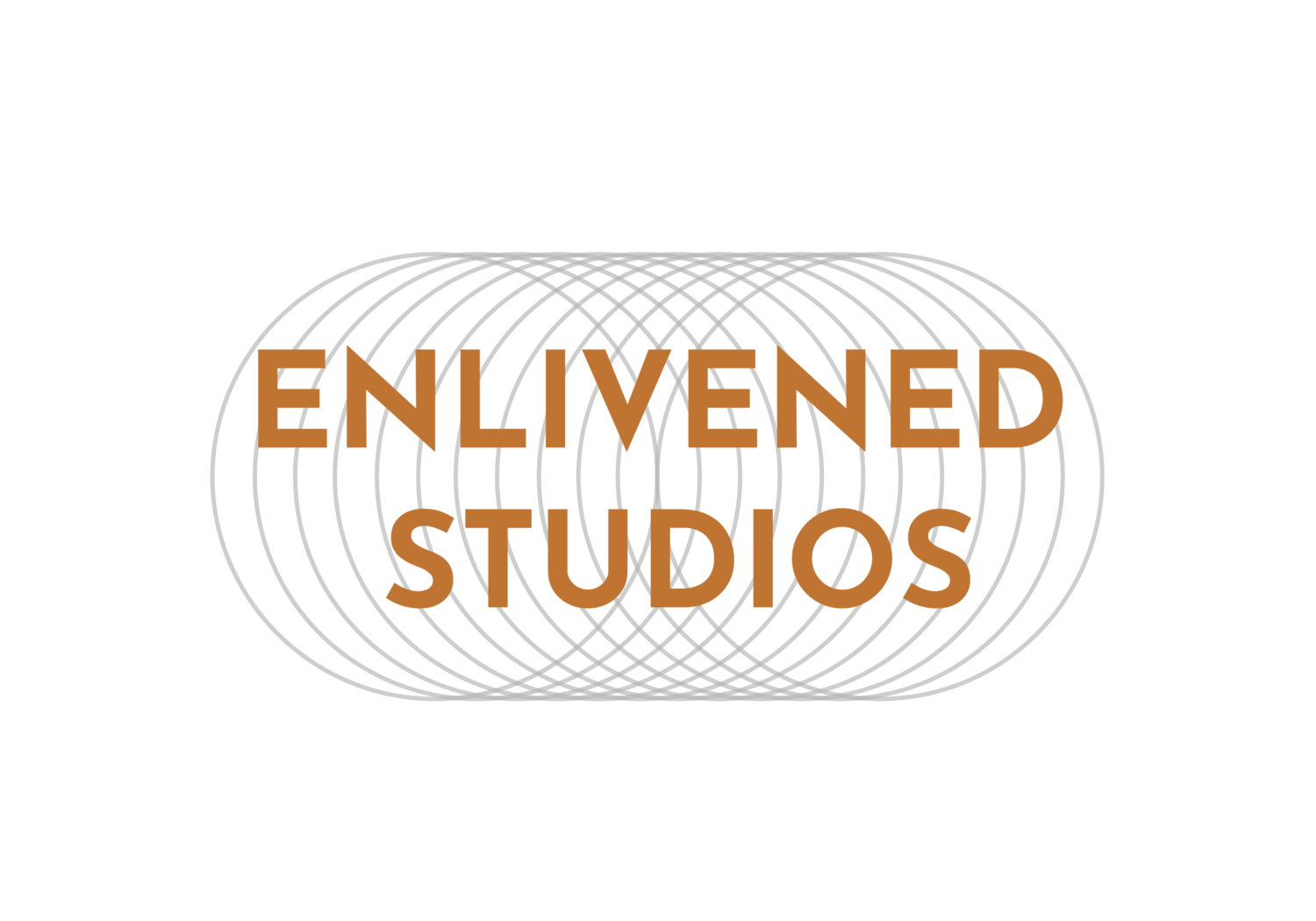Between Players
*This is part of a series breaking down my Aliveness Scaffolding to discuss our collective (un)learning of racism in America. Today I talk about Interdependence, the third practices outlined in my Scaffolding.
Two Players stand on stage, ready to kick off their improv scene together. They’ve asked the audience for
a suggestion to get started, and they’ve chosen “airport” as the scene start. They haven’t yet worked out their relationship to one another, their characters or the objective of their story. It’s the moment before all of that unfolds. There’s a space there, between the two of them and between them and the anticipating audience.
One Player walks to the other and stops, searches his back pocket for an (invisible) wallet and says, “How much for the prescription anxiety meds? I hate flying.” The other actor accepts the offer that she’s an airport cashier and reaches for the behind-the-counter drugs. “Ah, yes. These are very popular. And they’re on sale for $275.”
The scene takes off from there, each Player relying on the other to help carry the storyline through to the end. They quite literally need one another to ensure a successful scene. Sure, one Player could present a monologue or a musical solo, but that is a different format altogether. In a scene, there is inextricable and practiced Interdependence.
But in real life, here on the life stage, we try to uphold society, government and the planet as individuals because we’ve been taught that collective change comes from independent pursuit. We’ve been raised to value individualism over interdependence, but how can change happen -- at the scale we need it to -- if we carry on this way?
We are witnessing unfathomable racial injustice (again), in the midst of a global pandemic and a frenzied political changing-of-the-guard. Our media is unreliable, our planet can’t breathe and the systems and structures we rely on are crumbling.
The individualistic mindset is outdated. We’re in this together -- a cast of characters inextricably and beautifully tied together. What power to drive change as a collective, interdependently! And of course, we’re going to see things differently; there are all spectrums of disagreement. Sometimes it looks like heated dialogue at the dinner table. Other times, it looks like protesting or social media campaigning or community upheaval.
If we keep fighting for what we want and need universally, but pursuing our own individual needs -- we’re done. And isn’t it more engaging and inclusive to move mountains together?
So here we are, on this life stage. You and me: us. What will we make of this scene?
“Can we get a suggestion from the audience?”
